 Disruption is washing over the convenience store industry faster than ever, forcing retailers to ask themselves, “Why should anyone visit my store?” As online retailers enter the scene in full-force, offering consumers endless choices and competitive prices in the comfort of their own homes while rapidly delivering their goods, brick-and-mortar stores must reassess their current business models and adapt to the changing environment in order to survive and thrive.
Disruption is washing over the convenience store industry faster than ever, forcing retailers to ask themselves, “Why should anyone visit my store?” As online retailers enter the scene in full-force, offering consumers endless choices and competitive prices in the comfort of their own homes while rapidly delivering their goods, brick-and-mortar stores must reassess their current business models and adapt to the changing environment in order to survive and thrive.
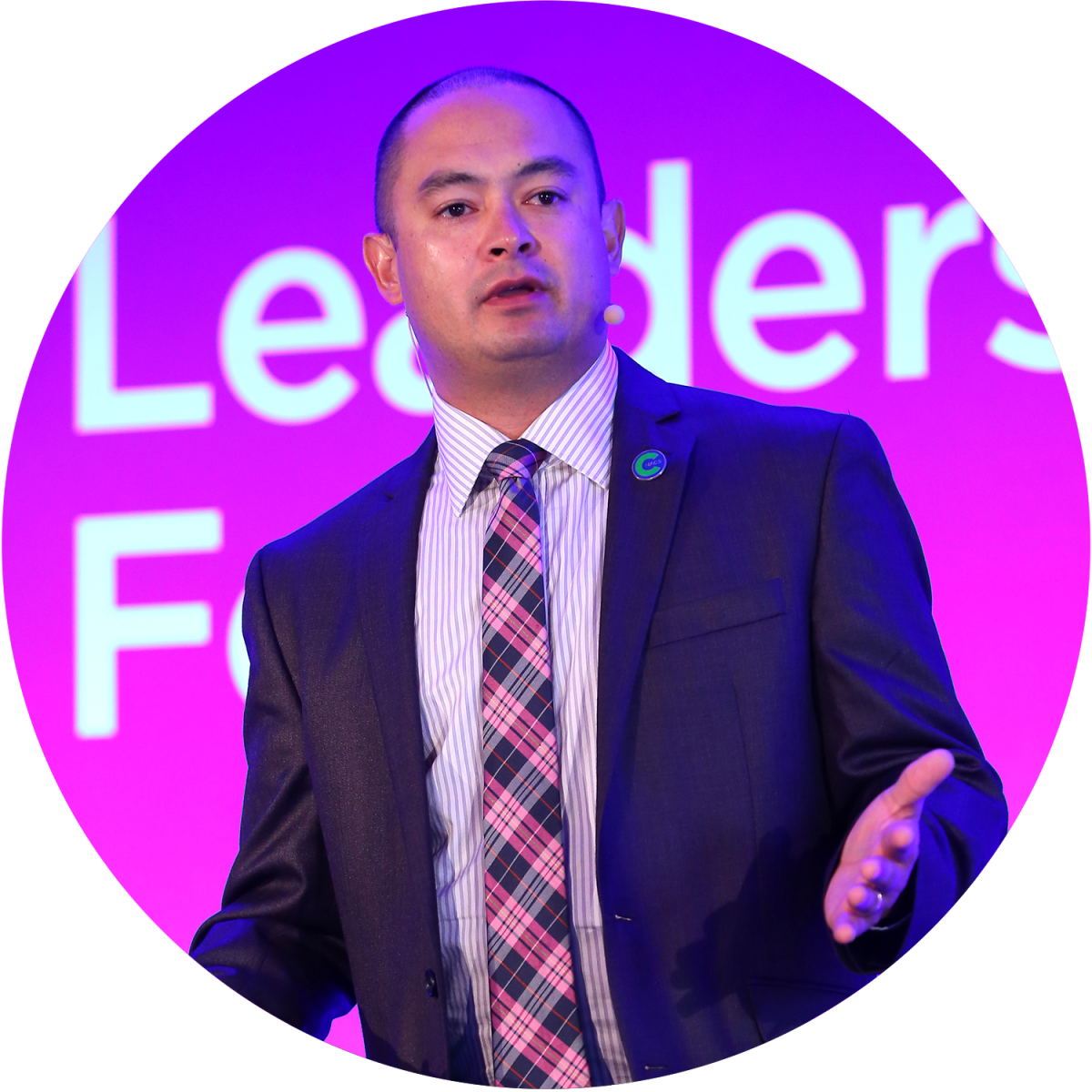 Jared Scheeler, CEO of The Hub Convenience Stores and NACS Executive Committee Board member, moderated the event.
Jared Scheeler, CEO of The Hub Convenience Stores and NACS Executive Committee Board member, moderated the event.
However, despite all challenges, the c-store industry continues to grow like no other brick-and-mortar channel, said NACS President and CEO Henry Armour at the 2019 NACS Leadership Forum held in February in Miami Beach. Convenience continues to be the ultimate desire of consumers today, he stated. The invitation-only event brought together industry executives and leaders to learn from each other and help navigate the disruptors of the industry together. Top-notch speakers discussed the what and why around decisions they are making, and the strategic and operational implications these decisions imply.
“We come to the Leadership Forum, because we know that we can collectively get better,” said Jared Scheeler, CEO of The Hub Convenience Stores and moderator of the Forum. “You all inspire me to get better, and that’s what [this event] is all about.”
Growing Differently, Together
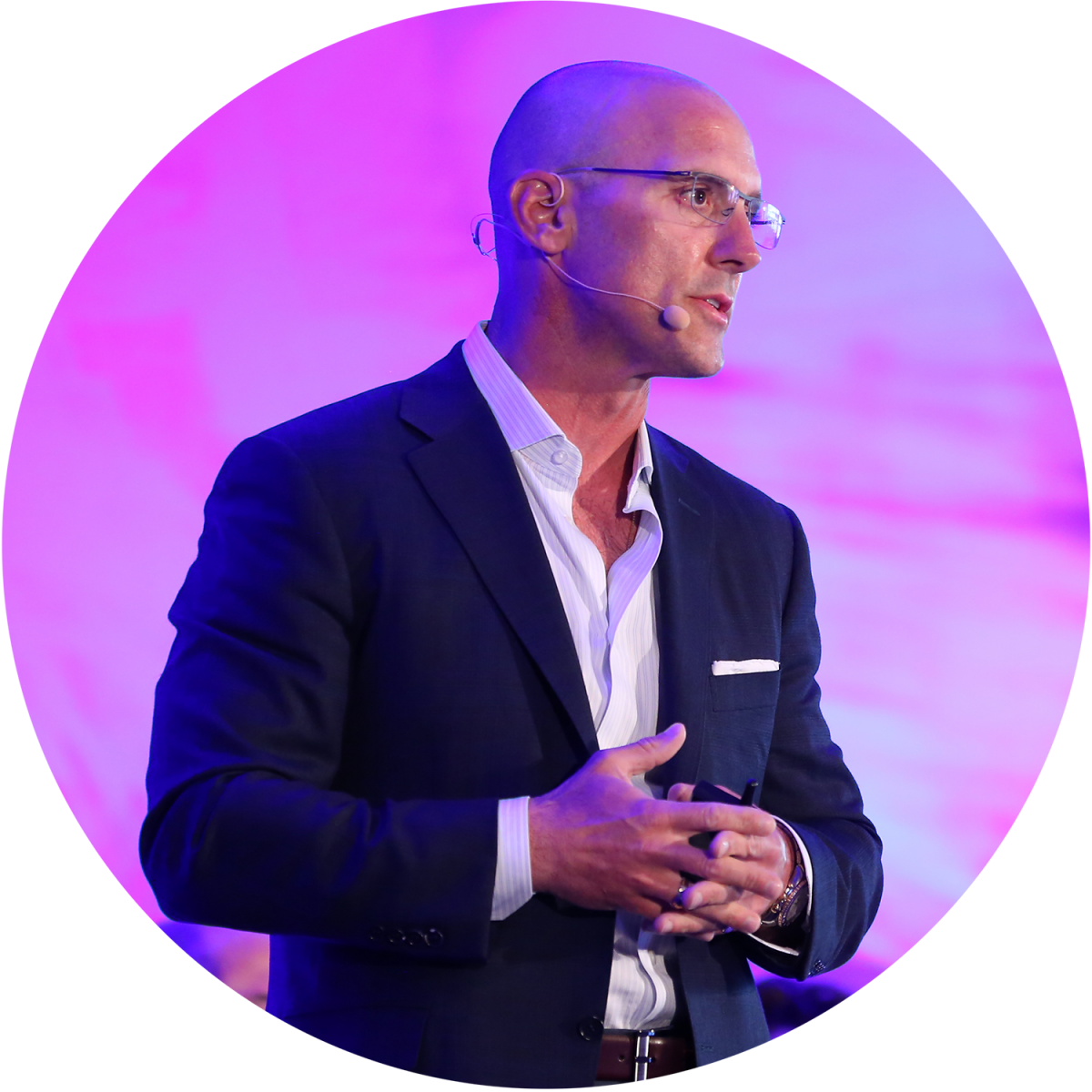 Cumberland Farms CEO Ari Haseotes talked about building new stores with a focus on a fresh food-centric business model.
Cumberland Farms CEO Ari Haseotes talked about building new stores with a focus on a fresh food-centric business model.
The Forum kicked off with a panel of industry experts who discussed their different paths to growth in the convenience store industry. The cost of growing a c-store business has never been higher, according to Armour, who moderated the panel.
For Cumberland Farms CEO Ari Haseotes, growth happens organically through building new stores. Each store maintains increasingly high standards as Cumberland continues to evolve into a fresher food-centric business model.
Cumberland Farms began in 1939, founded by the Haseotes family, who wanted to provide local residents with fresh milk from the family dairy. That concept soon led to offering customers additional products. In 1986, Cumberland Farms acquired the Northeast and Mid-Atlantic marketing assets of Gulf Oil, which Haseotes said led the company to become less of a convenience store and not as focused on convenience.
However, once Haseotes took over the company in 2008, the c-store has made customer convenience the forefront of their growth initiatives, and in 2009, the company launched a long-term rebranding campaign, featuring a food-centric concept, enhanced interior design and a new logo. “We have experienced high brand equity and loyalty scores since the redesign,” said Haseotes. “There is continuous reinvestment in our stores, technology, a focus on food and beverage and a continuous investment in culture.”
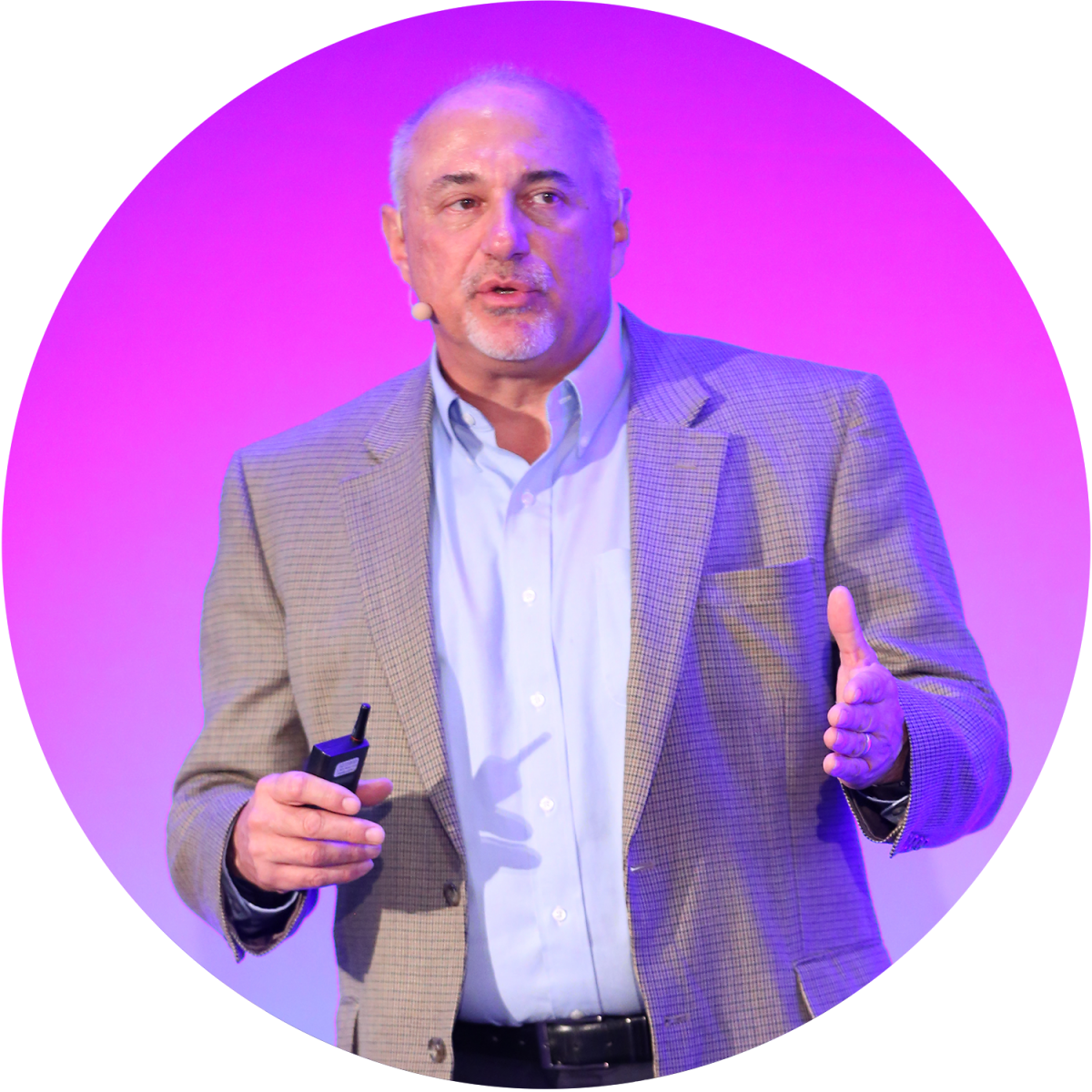 Glenn Plumby, senior vice president and COO, at Speedway, discussed the company’s growth through acquisition.
Glenn Plumby, senior vice president and COO, at Speedway, discussed the company’s growth through acquisition.
Glenn Plumby, senior vice president and COO, at Speedway, discussed the company’s growth through acquisition—18 of them over the past 45 years to be exact. “Returns come faster with the acquisition of stores than building new-to-industry stores," said Plumby.
Plumby noted four pillars to successful growth by acquisition, which includes leveraging scale to drive value creation, capturing integration opportunities, high value growth and enhancing the customer experience. “There’s no right answer [to growth]. You have to have a multifaceted approach,” he said.
He also expressed the value of having a strong brand, backed by an even stronger operational team. “We rebranded 1,300 stores in less than 24 hours. You have to have an outstanding team to do that,” said Plumby, referring to the company’s Hess acquisition.
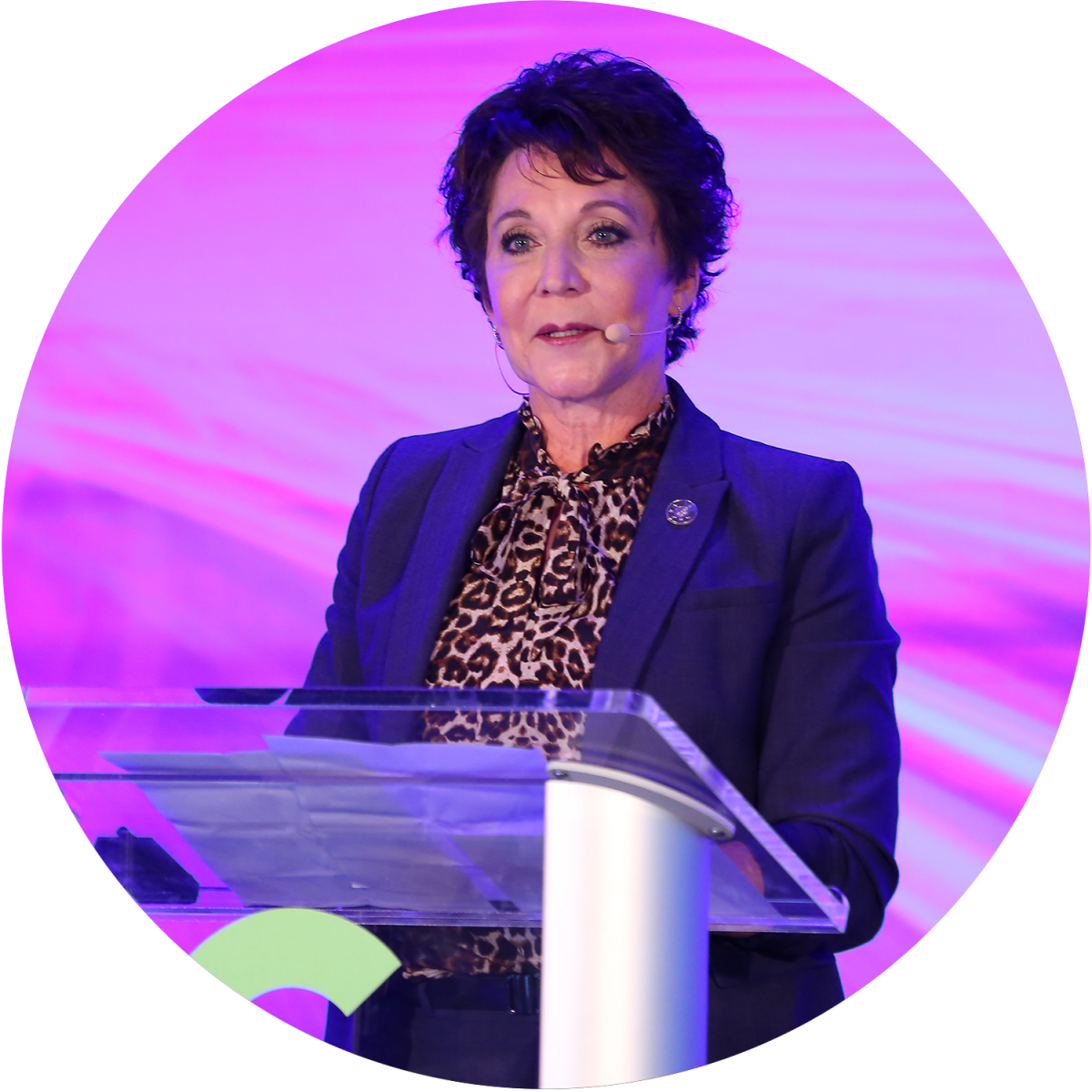 Sonja Hubbard, former CEO and president of E-Z Mart, shared her tough decision to sell her stores to GPM Investments.
Sonja Hubbard, former CEO and president of E-Z Mart, shared her tough decision to sell her stores to GPM Investments.
But what happens if you are the convenience store brand being acquired? That’s the type of growth and change experienced by Sonja Hubbard, former CEO and president of E-Z Mart Inc. “Some of the best things that happen to us are obstacles, and they become opportunities,” said Hubbard.
A family-owned business started by her father in 1970, Hubbard took over as CEO of the company in 1998 after he passed away unexpectedly. “We did some things my dad wouldn’t have done. And that was hard,” recalled Hubbard. She reassessed the company, reevaluated set procedures and policies and grew the company to its peak of 500 stores.
E-Z Mart recently sold to its 273 stores to GPM Investments, a decision that was not easy for Hubbard. “No matter what your position is, you have to take a good internal look at where you are and where you plan to be,” she said.
Ultimately, we grow together by learning from each other, said Hubbard. “As we look at this industry, the cost is high. But I think in general we all like work, and I think it’s worth it.”
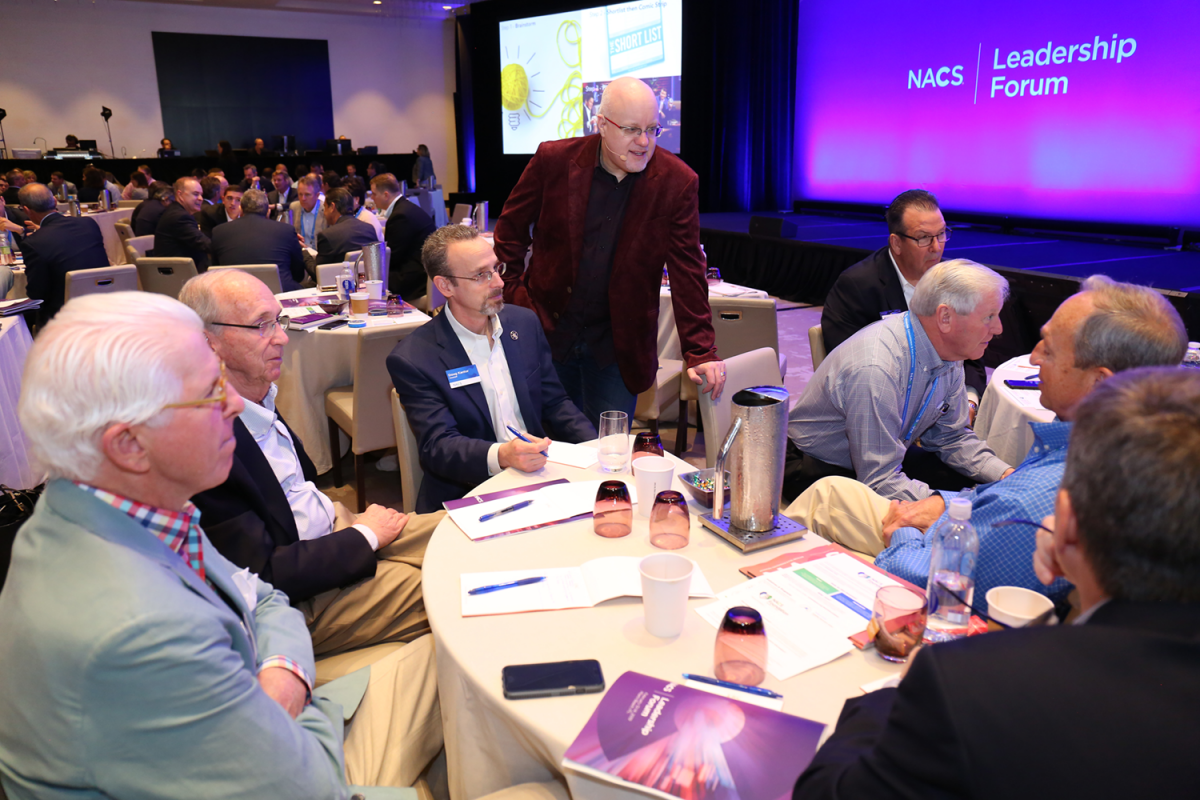 Futurist Brett King demonstrated to attendees that the word "convenience" has taken on a new meaning because of technology.
Futurist Brett King demonstrated to attendees that the word "convenience" has taken on a new meaning because of technology.
An Automated Future
Day two of the Forum began with futurist Brett King,who showed attendees what the already disrupted future will bring. From robots that are taught to learn and behave like humans to autonomous vehicles that can earn owners some extra cash by Uber-ing customers while the owner is at work, the world will change more in the next 20 years than it has in the last 250 years as technology advances exponentially.
“The word ‘convenience’ has taken on a whole new meaning because of technology,” said King to a packed room of convenience-store industry leaders. He delved into the increasing technological advances of artificial intelligence and robotics. According to King, the most common robots that we create now and will continue to create in the near future don’t look like humans. Think of the iRobot vacuum, self-driving vehicles and Amazon’s Alexa. “By 2035, there will likely be more robots than humans on the planet,” he said.
King showed attendees examples of how robots are taught to develop through learning, like humans do, and consequently, act like humans. “In the convenience industry, you not only have to think of humans as your customers, but also autonomous vehicles,” said King, who added that there will come a day when your autonomous vehicle drops you off for lunch and then drives itself to a convenience store to fuel up, grabs some items on your list and then returns to you.
Another area of advancing technology is payments. As mobile payment options and cashless stores become more commonplace in the U.S., China is already one-step further with facial recognition as a form of payment. Smart economies of the future will be based on technologies like facial recognition and other frictionless payment methods, says Brett King. “For us to start thinking about automating convenience stores, we need to fix the payment problem,” he asserted.
Yet with all this change and advancements in technology, how does the convenience industry keep up? “Adaptability is how we survive,” said King.
After his mainstage presentation, King then led the attendees through an interactive session on developing the customer journey, where groups of attendees identified areas in the convenience industry that could generate opportunities in the future—EV battery recharging and supply chain enhancements to name just two. Groups were encouraged to think of these opportunities without boundaries (no government regulations and no financial guardrails!) and envision future scenarios that could plausibly be tomorrow’s present.
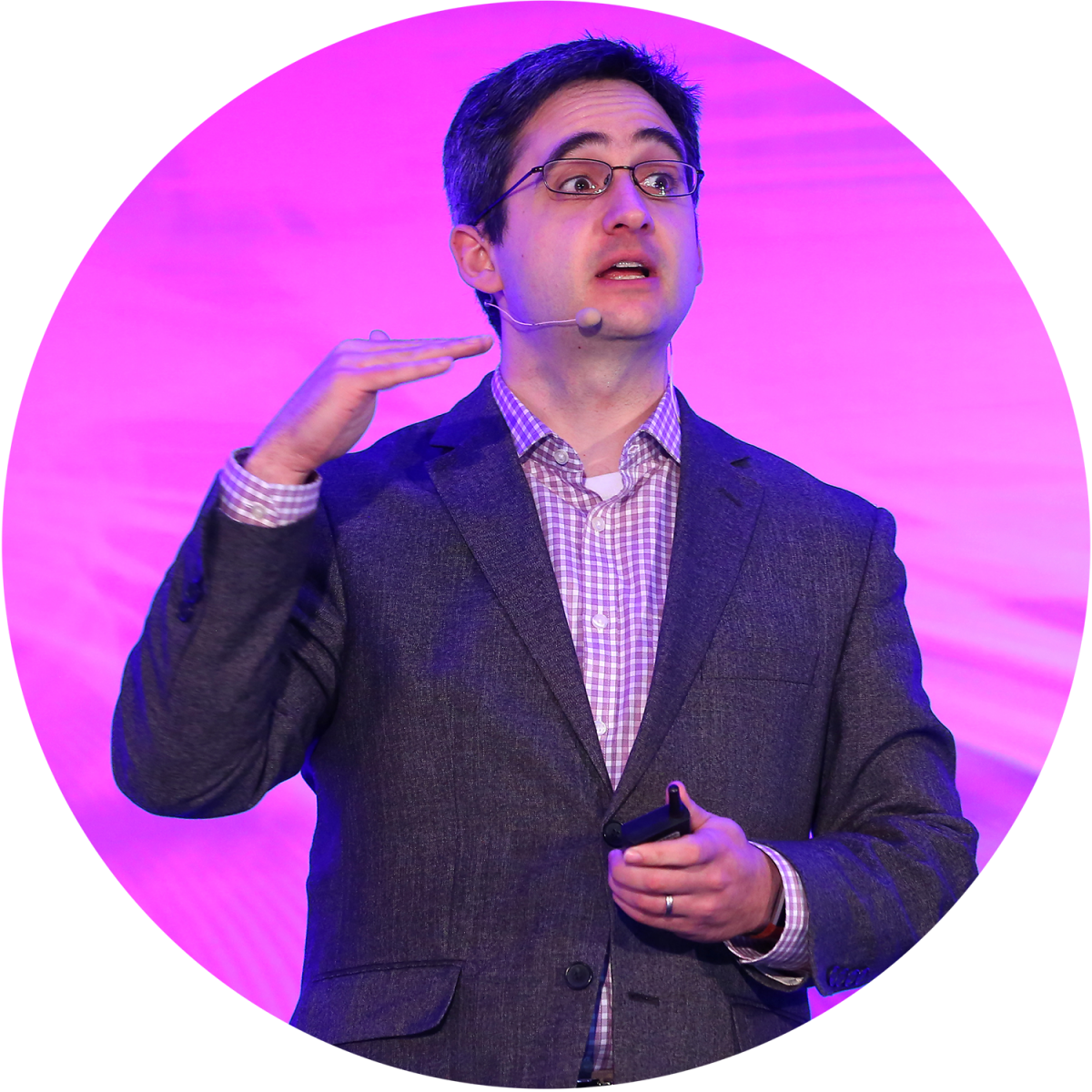 Speaker Oren Cass stressed that an untrained workforce has now become a business problem and should be part of your business mandate.
Speaker Oren Cass stressed that an untrained workforce has now become a business problem and should be part of your business mandate.
Working with Today’s Workforce
In a later session, Oren Cass, senior fellow at the Manhattan Institute and author of The Once and Future Worker, asked attendees to focus on the employee of today and stop lamenting about the skills gap between the jobs they want to fill and the workers they can find. Cass believes that’s the wrong way to think about the issue. “There is no such thing as a skills gap,” said Cass, boldly, to the audience. It’s nonsensical, he says, and rather a business-model problem, as businesses are banking on hiring a person with a certain set of skills that they will attain once they achieve a degree or more job experience.
And yet the same skill sets that exist in potential hires today are not going change, he said, and the reality is that there are no more workers than the ones we have, so c-stores should learn how to run their businesses with the existing workforce. “The people working in convenience stores of the future are going to come to you with roughly the same skills that we have today,” he said.
Cass also noted that although the American education system has doubled what is spent on students, SAT scores have gone down, and the high school graduation rate has barely gone up. Bachelor’s degree attainment is less than it was two decades ago, as most Americans don’t even earn a community college degree. Nevertheless, America heavily supports the career path of high school to college to career, but only one in five Americans actually complete this path.
“The ideal track is where employers are engaged with students,” said Cass. To obtain employees with a more diverse set of work skills, Cass stated that it’s important to bridge the gap with training and development—either by engaging the people inside your company or getting involved further upstream in the education system, such as attending career fairs or working with the local Chamber of Commerce. An untrained workforce has now become your problem and part of your business mandate.
And when looking at the future of work and automation, Cass explained that while interesting technology is out there, its deployment will be constrained by the people using it. It’s vital that the c-store industry designs processes and technology around what workers can do now. “Building businesses with the skills workers have now is the business model that can work,” he said.
Building Strategic Agility
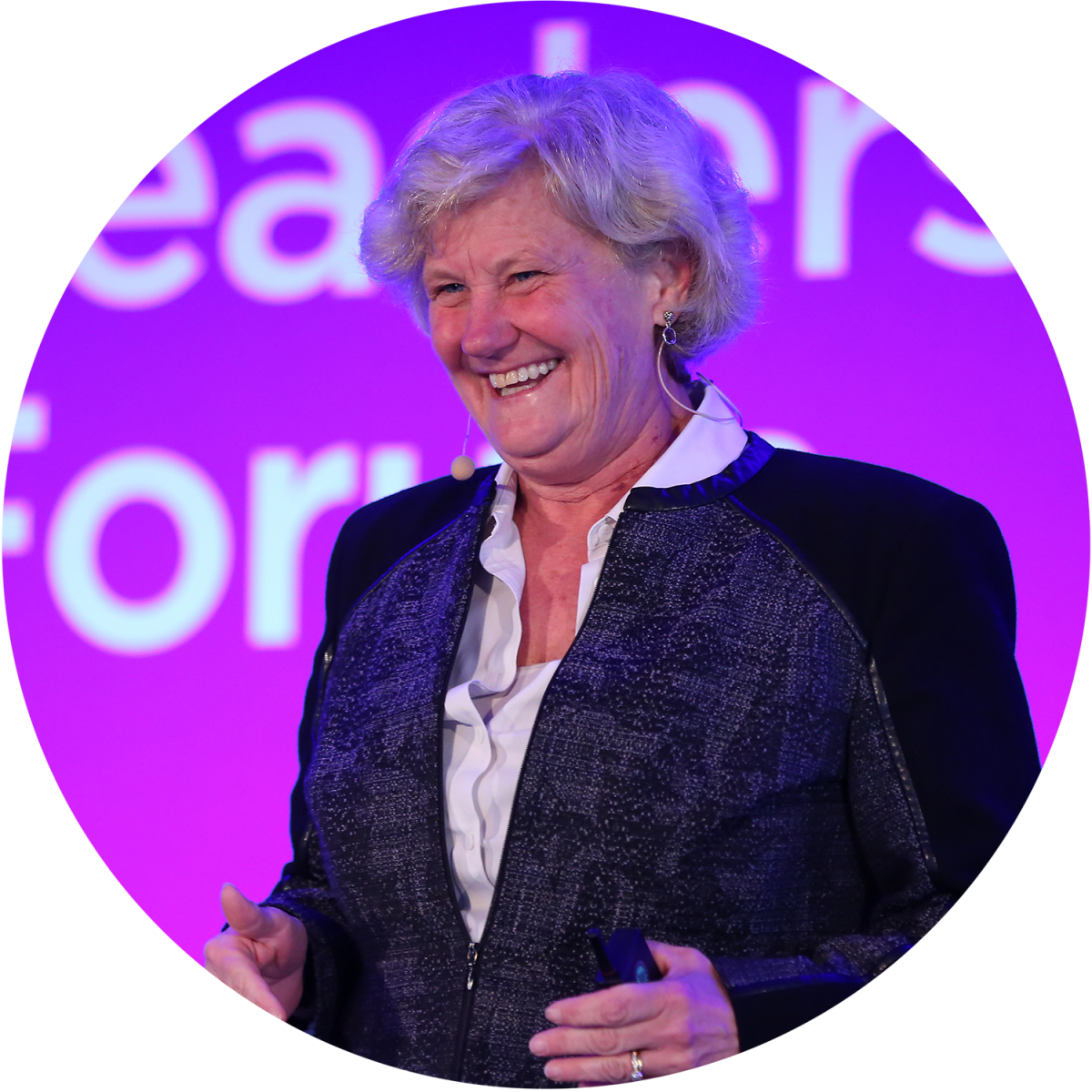 Kathy Pearson taught attendees to build skills in decision making and learn how to manage uncertainties.
Kathy Pearson taught attendees to build skills in decision making and learn how to manage uncertainties.
After exploring the future of retailing (AI, supply chain, robots and facial recognition) with King and navigating the necessary business changes that will bring about a more educated and skilled workforce with Cass, Forum attendees needed some hope for the future—or at least someone to teach them how to lead through all the disruption ahead. Enter Kathy Pearson.
Through her work at the Wharton School of Business at the University of Pennsylvania, as well as her company, Enterprise Learning Systems, Pearson has collaborated for decades with mid- to senior-level executives, helping them to make strategic decisions in a time of uncertainty. “Most companies are so data rich. When I work with companies that are analytically driven, those companies always want more data, but when it comes to strategic decisions we can’t rely on the data,” she stated. So how do you make good decisions in today’s climate?
“One of the things I hear often is that it seems that it’s so much harder today to make a good strategic decision. There’s something about today’s environment that makes it harder than it was 20 years ago.” Why? There’s too much info, she stated, and the environment changes so quickly. Compounding things, no one knows who is actually supposed to make the decision, often leading to a consensus-driven decision-making model where no decision is made.
In addition, many companies are not comfortable with failure, a necessary aspect of decision making. “Do your companies reward on outcomes or on a good decision-making process?” she asked the audience. Company leaders say they want managers to have more tolerance for risk, but most organizations do not reward for failure.
Company leaders say they want managers to have more tolerance for risk, but most organizations do not reward for failure.
Clearly, every organization wants positive results. If we think about outcomes on a continuum, she said, they are largely based on our skill, as well as luck/chance/uncertainty—or whatever we want to call that something we can't control. If we want to raise the probability of a good outcome, however, we can build our skills in decision making and learn how to manage uncertainties, Pearson stated.
Pearson advised to look for early indicators that things are changing. The goal of managing uncertainty is not trying to predict it accurately. Rather, it is crucial to name your uncertainties and then dynamically monitor and look for early indicators of change and anticipate where you need to react. If you can’t figure out how to adapt quickly, you will not have long-term sustainability, Pearson said.
Pearson advised taking these three actions for strategic agility:
- Identify the key uncertainties: Plan for the key trends and manage the key uncertainties.
- Track the key uncertainties: “Trendspotting and “sense-making.”
- Take action around the key uncertainties: Conduct rapid experiments, make small bets and build adaptability and flexibility.
The intent is to identify what we know will happen and what we know we don't know will happen.
Above all, it’s important to surround yourself with colleagues who are passionate about what they are doing and are willing to speak candidly. Be vigilant, be productively paranoid and be decisive, Pearson advised. That’s the key to success in this disruptive future.
Join us next year at the NACS Leadership Forum from February 5-7, 2020, in Miami Beach.